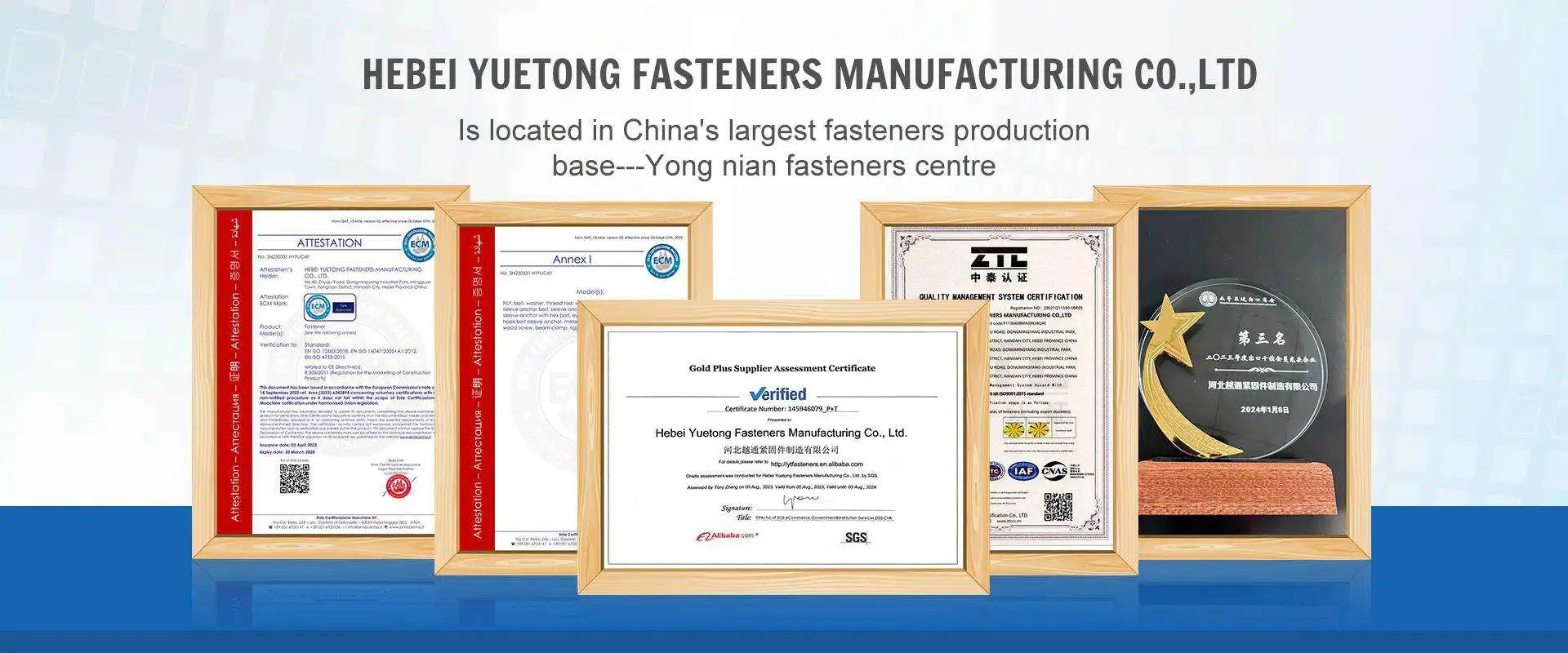Ott . 11, 2024 15:43 Back to list
lead screw
Understanding Lead Screws An Essential Component in Mechanical Engineering
Lead screws are fundamental mechanical components that play an essential role in converting rotational motion into linear motion. Widely used in various applications, from industrial machinery to simple devices, lead screws are a prime example of how engineering principles can solve practical problems.
What is a Lead Screw?
A lead screw, also known as a feed screw or power screw, is a linear actuator that utilizes a helical groove (thread) to convert rotational motion into linear motion. It is composed of two main parts the screw itself and a corresponding nut that fits onto the screw. When the screw rotates, the nut moves along the thread, resulting in linear displacement.
Lead screws are typically constructed from materials such as steel, stainless steel, or plastics, depending on the required strength, weight, and corrosion resistance. The geometry of the threads is crucial as well, affecting the screw's efficiency, load capacity, and frictional properties.
Types of Lead Screws
There are several types of lead screws designed for specific applications
1. Square Thread Lead Screws These have a square-profile thread shape which allows for efficient transmission of power without slippage. They are ideal for applications requiring high efficiency and minimal backlash, making them suitable for precise positioning tasks.
2. Acme Thread Lead Screws Acme threads feature a trapezoidal profile, providing a good balance between load capacity and ease of manufacturing. They are commonly used in machine tools and other applications where moderate load handling is required.
3. Buttress Thread Lead Screws Designed for handling heavy loads in one direction, buttress threads are often used in applications such as clamping systems and lifting mechanisms. They have a flat side that resists load in one direction, making them effective for high-stress situations.
The Working Principle of Lead Screws
The operation of a lead screw hinges on the lead angle, which is the angle between the screw thread and a line perpendicular to the axis
. The lead (the distance the nut travels in one complete turn of the screw) and the pitch (the distance between adjacent threads) are crucial factors that determine how effectively the lead screw converts rotational motion into linear motion. The relationship between these elements is given by the equationlead screw

\[ \text{Lead} = \text{Pitch} \times \text{Number of Starts} \]
Where number of starts refers to how many separate helical paths are present in the screw. A multi-start screw can move a nut further in one turn than a single-start screw, allowing for faster linear travel.
Advantages and Disadvantages
Lead screws offer several advantages
- Simplicity They are straightforward in design, leading to easier manufacturing and assembly. - Cost-Effectiveness Lead screws are relatively inexpensive compared to other linear motion systems, such as ball screws, which may involve more complex manufacturing processes. - Self-Locking Capability Lead screws can prevent back-driving under certain load conditions, providing additional safety in applications where the position must hold without power.
However, lead screws also have some disadvantages
- Friction The inherent friction in lead screws can limit their efficiency, particularly in high-speed applications or where long linear travel is required. - Wear and Tear Over time, lead screws may wear down, resulting in a loss of precision and an increase in backlash—an undesirable characteristic for many applications.
Applications of Lead Screws
Lead screws are ubiquitous across numerous industries. They are commonly found in
- 3D Printers Where precise movement is crucial for building objects layer by layer. - CNC Machines Which require accurate positioning for milling, cutting, and shaping materials. - Robotics In robotic arms for accurate grasping and motion. - Medical Devices Such as surgical tables that need precise positioning and adjustment.
Conclusion
Lead screws are vital components in many mechanical systems, marrying simplicity with effectiveness in motion control. While they come with certain drawbacks, their advantages often outweigh them, particularly in applications where precision and cost-effectiveness are paramount. As technology continues to evolve, lead screws will undoubtedly remain integral to the advancement of mechanical engineering. Understanding their design, function, and application is essential for engineers seeking to innovate and improve systems in various fields.


